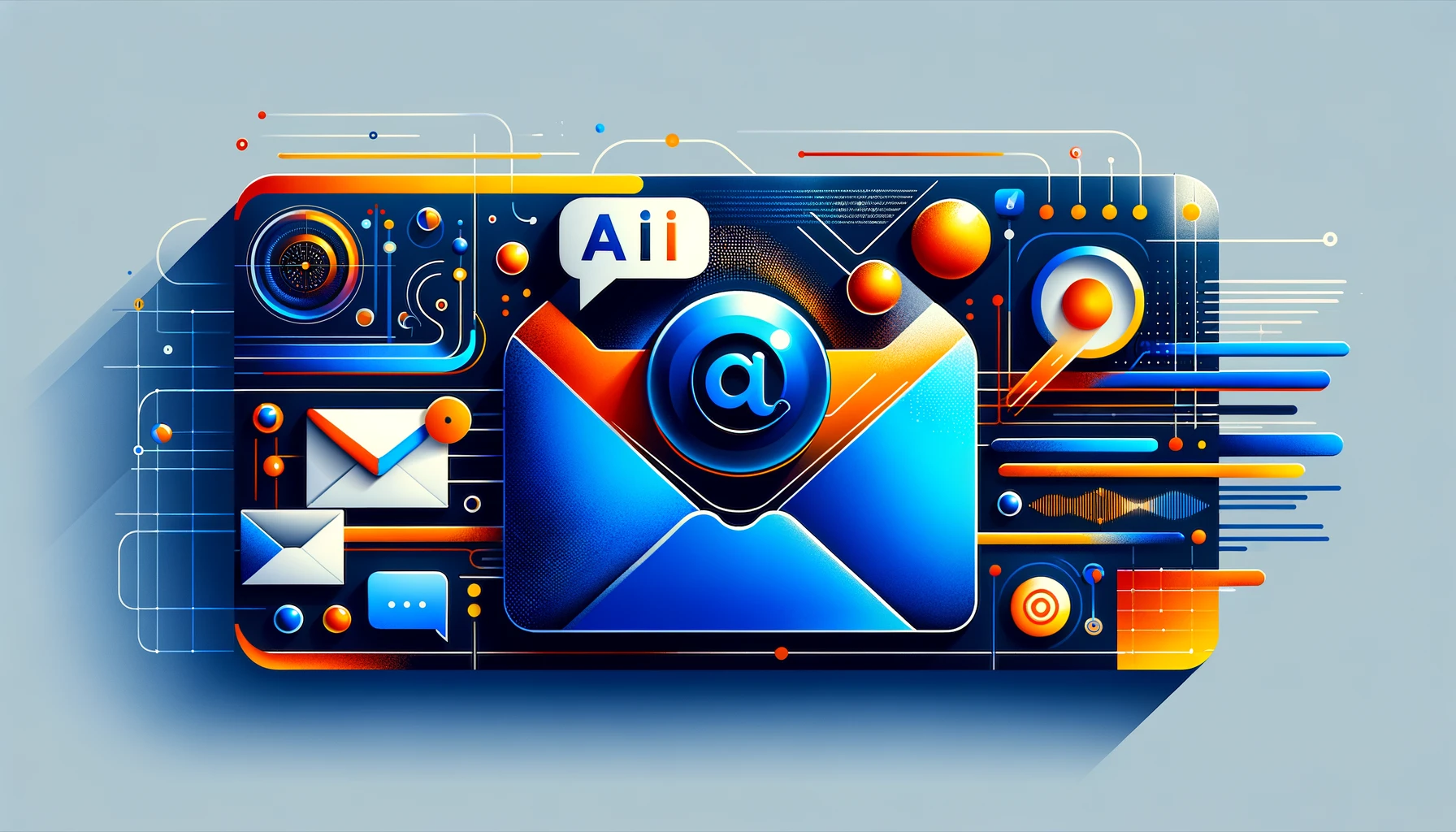Category: AI
-
AI writes 25% of Google software: a new role for engineers
AI is reshaping software development, with engineers now focusing on review and innovation. AI now generates 25% of Google’s codeDuring Google’s Q3 2024 earnings call, CEO Sundar Pichai revealed a significant development: artificial intelligence (AI) now creates over a quarter of the new code at Google. This marks a turning point, with AI not just…
Written by
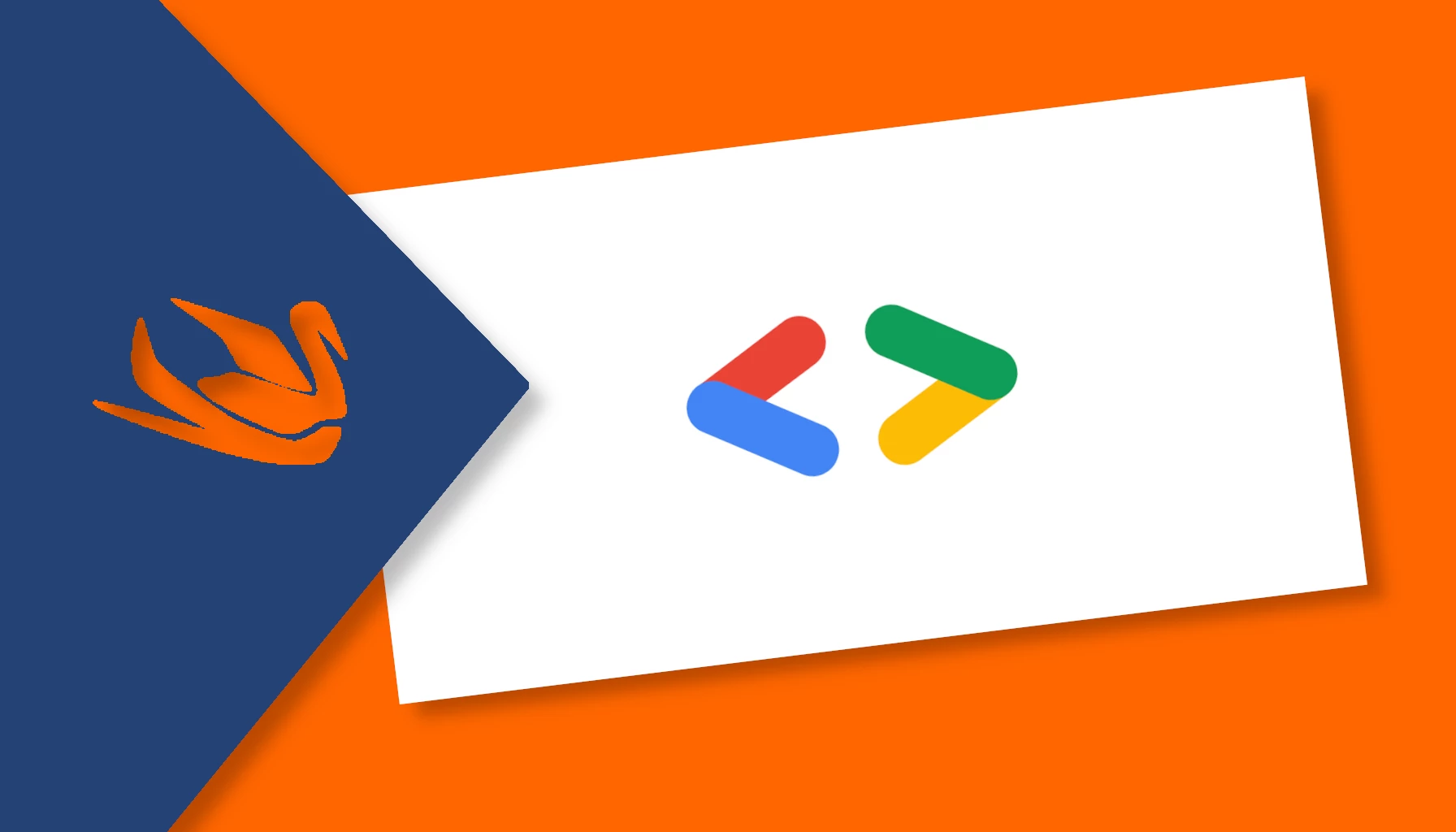
-
Meta challenges Google and Bing with AI Search Engine
Meta announces new AI-powered search engine to compete with Google and Bing and revolutionize online search. In an announcement that aims to change the landscape of online search , Meta has revealed plans to develop an artificial intelligence -powered search engine . The project aims to challenge giants Google and Bing by offering a more personalized and intuitive search experience for users, according…
Written by
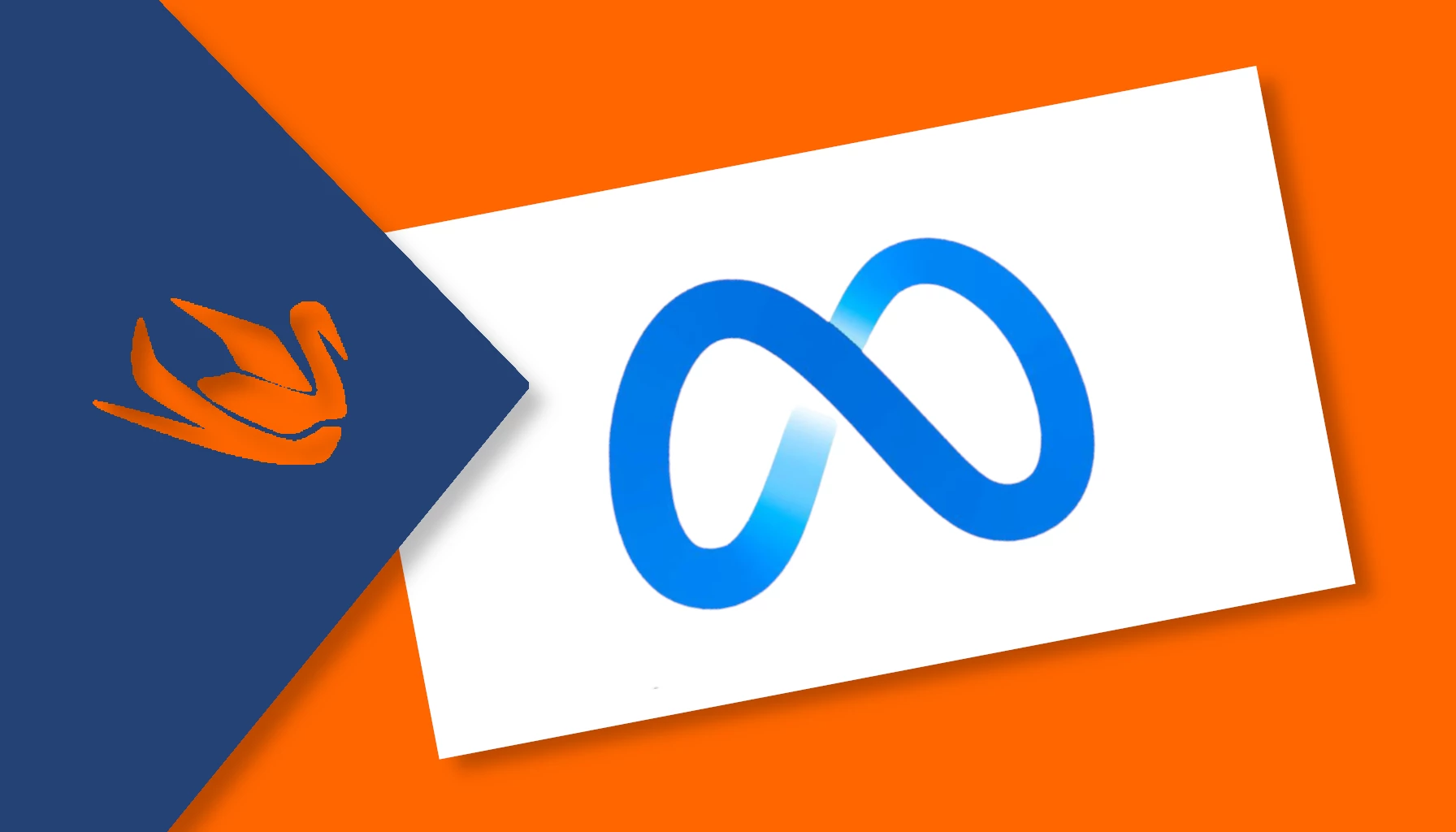
-
Google Project Jarvis. A new AI assistant to manage your browser
Introducing Project Jarvis. An AI designed to automate everyday web tasks: Google’s Project Jarvis takes action-based AI to the next level. Google is working on a new artificial intelligence system aimed at simplifying daily web tasks for users. The project, called Jarvis, is designed to “take over the browser” and perform tasks independently. According to…
Written by
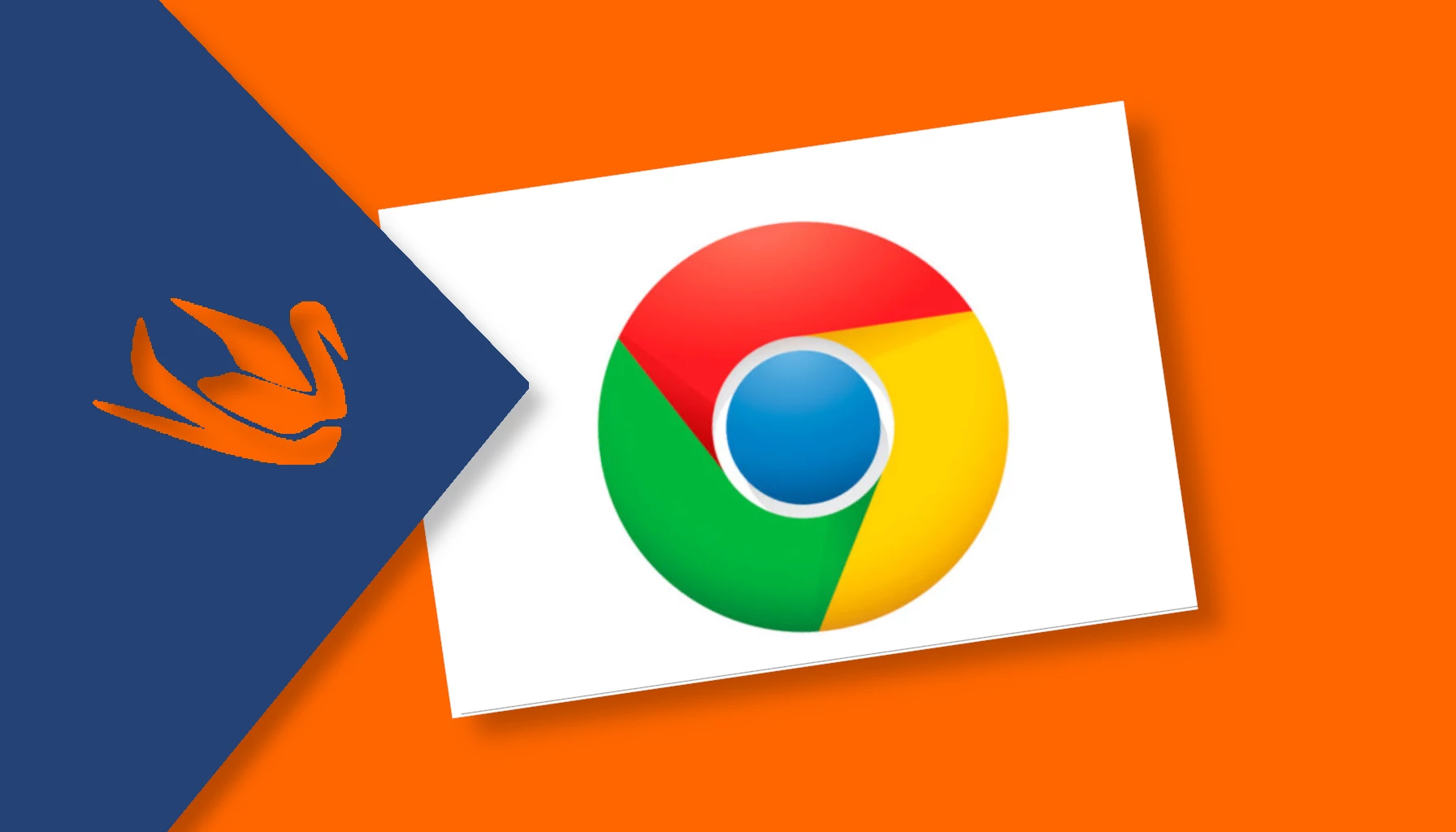
-
Gemini 2.0 is coming? Rumors and expectations on the new update
OpenAI and Google ready to launch new AI models: is Gemini 2.0 and Project Astra about to revolutionize the market? Gemini 2.0 and the new AI landscape In recent days, speculations about the imminent arrival of Gemini 2.0 have sparked interest in the tech world. Until a few days ago, there was talk of a…
Written by
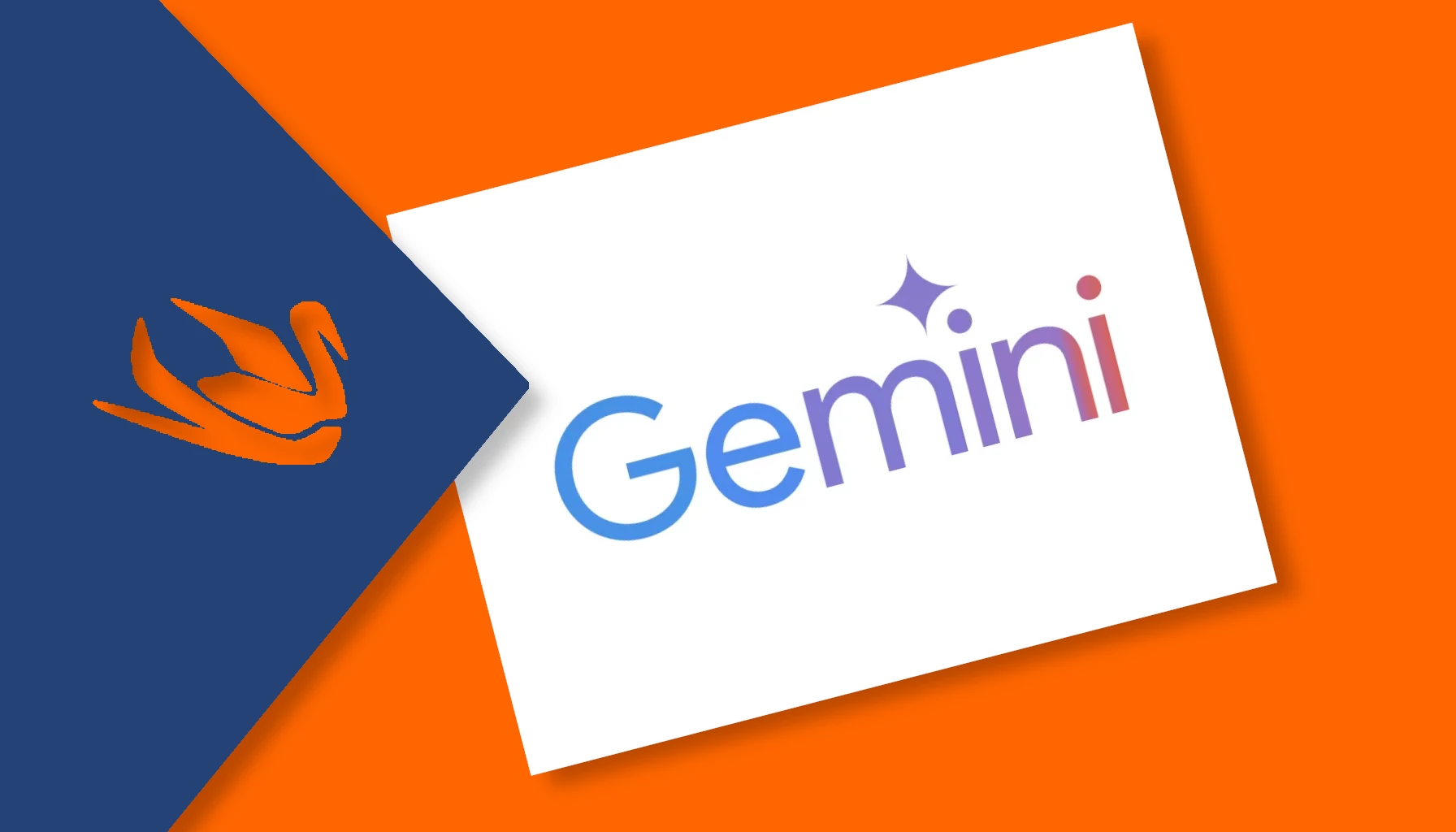
-
Google Photos introduces AI-modified image reporting
A new feature on Google Photos will help users distinguish images that have been edited using artificial intelligence, ensuring transparency and accountability. Google Photos and the new transparency on AI edits With the rise of AI-powered editing tools , Google has announced a new level of transparency on Google Photos. This tool, which will be added to the platform in…
Written by
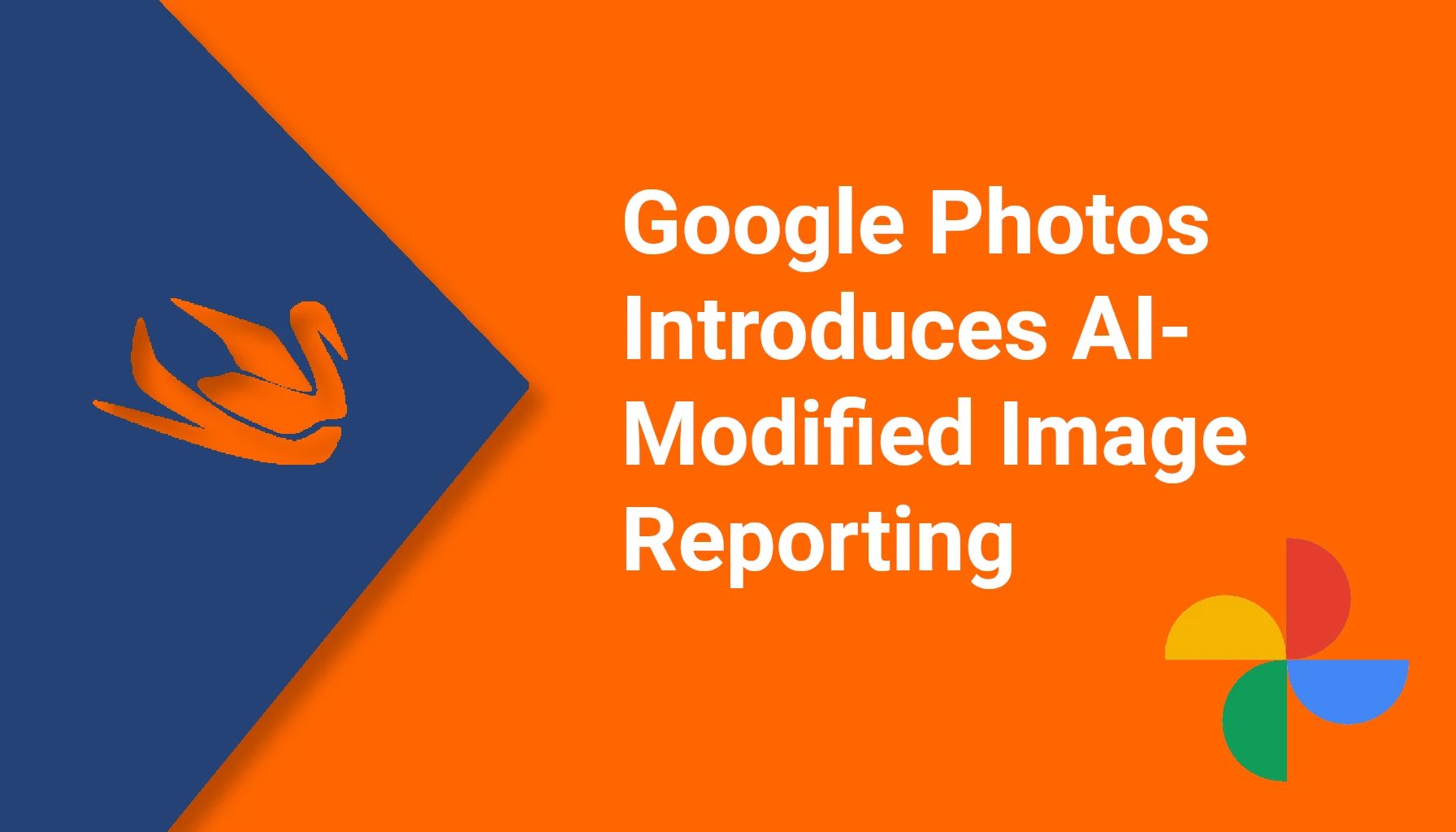
-
Google’s Lumiere: a new era in AI Video Generation
But there are also interesting alternatives In the field of artificial intelligence, Google presented its latest AI video generation innovation in early 2024: Lumiere. Development Lumiere represents a quantum leap in the AI landscape, allowing users to enter text descriptions or upload static images, and then generate dynamic and detailed videos. The technology is positioned…
Written by
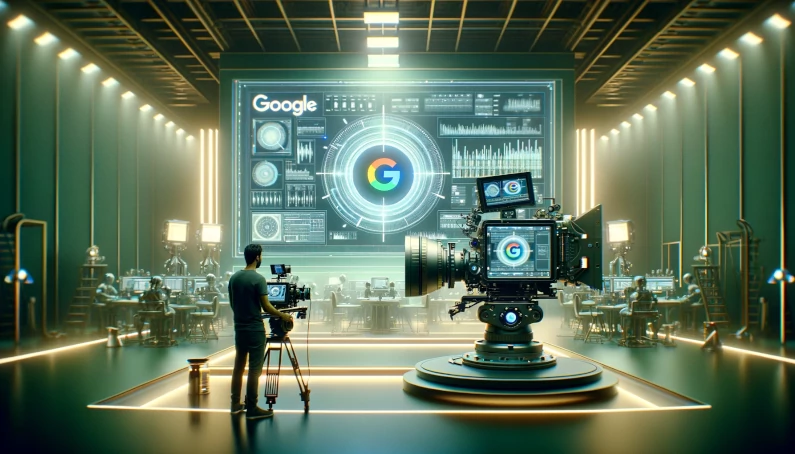
-
The future of AI in digital marketing
Digital marketing and AI Artificial Intelligence (AI) has revolutionized various industries, and digital marketing is no exception. As AI technologies continue to evolve, they are reshaping how marketers engage with their target audience, optimize campaigns, and analyze vast amounts of data. The integration of AI in digital marketing brings a wealth of opportunities, from enhancing…
Written by
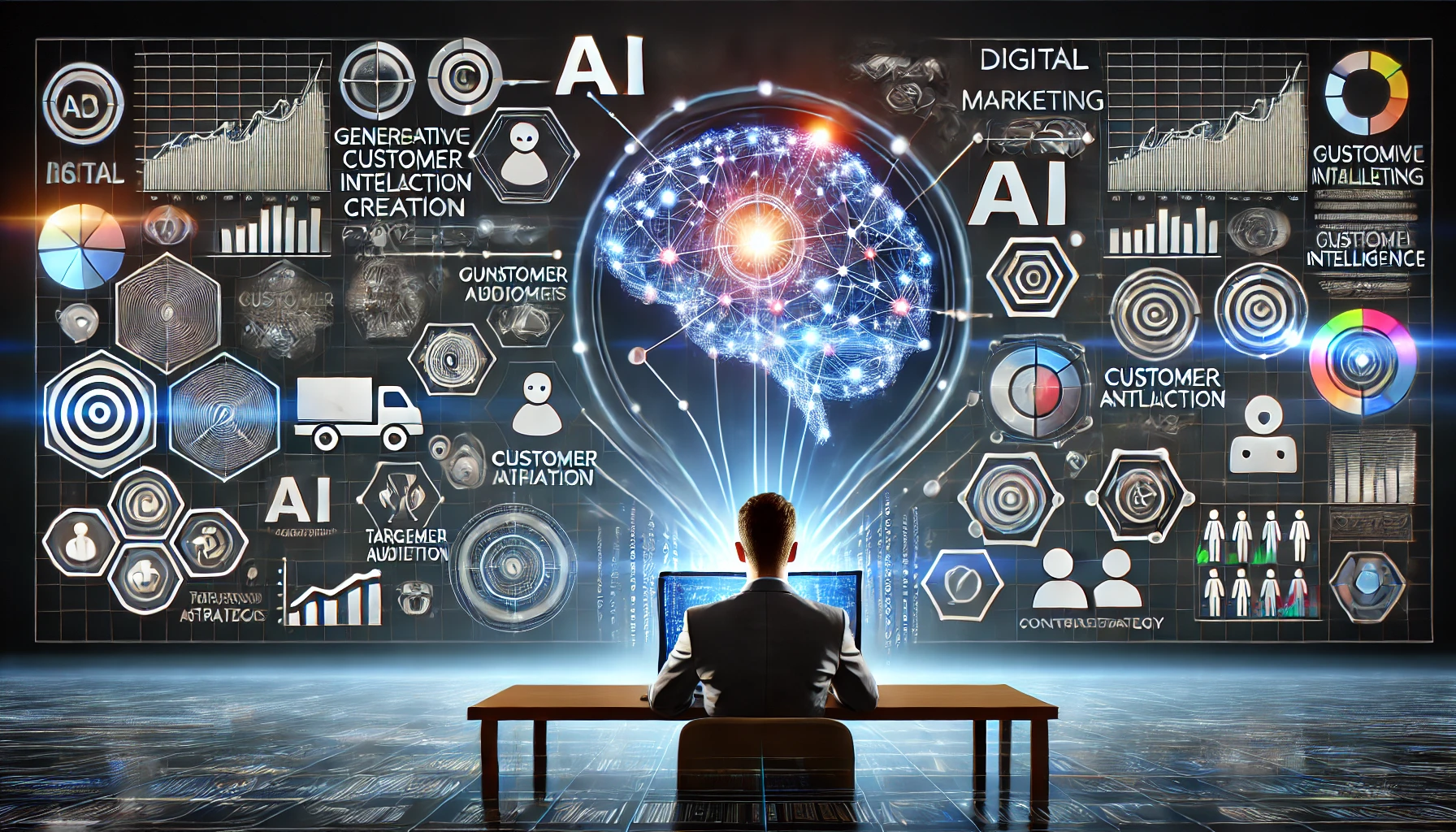
-
Virtually try on dresses with Google’s AI
Google introduces an AI-powered tool for virtual dress fitting, offering a more precise shopping experience. Google has launched a new feature allowing users to virtually try on dresses while shopping online. Powered by generative AI, this tool enables shoppers to see how various styles fit on a diverse range of models. This AI-driven tool is…
Written by
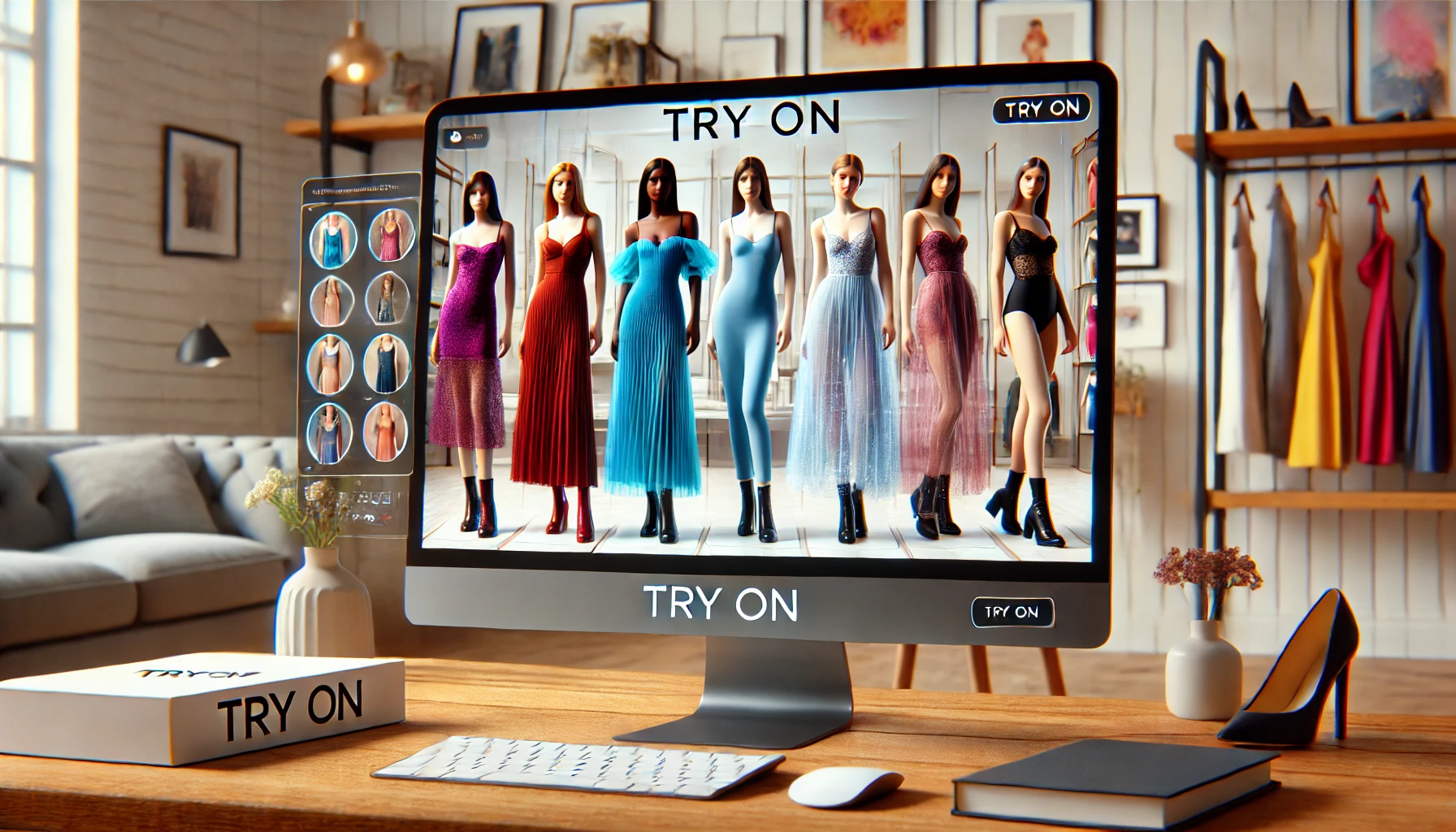
-
Google rolls out AI chatbot for Gmail on Android
The Gmail Q&A feature arrives on Android, allowing users to leverage Gemini’s AI to better manage their emails. Google brings its AI chatbot to Gmail on Android Google recently introduced the ability to use its Gemini AI chatbot to ask questions about your Gmail inbox on the web. Now, this feature is coming to mobile…
Written by
